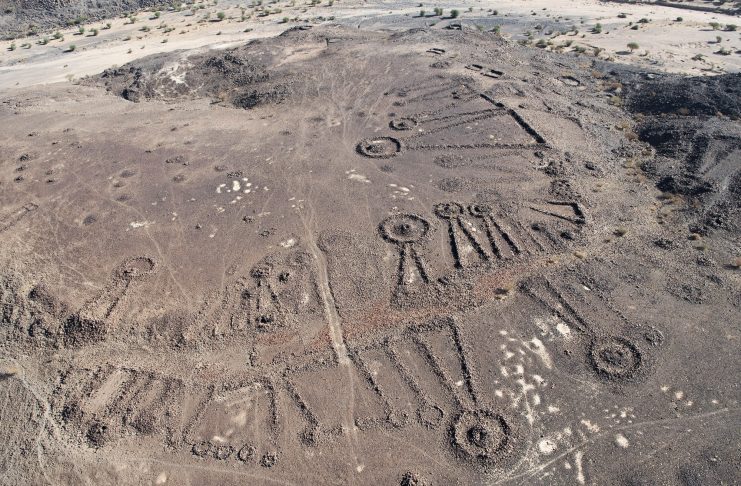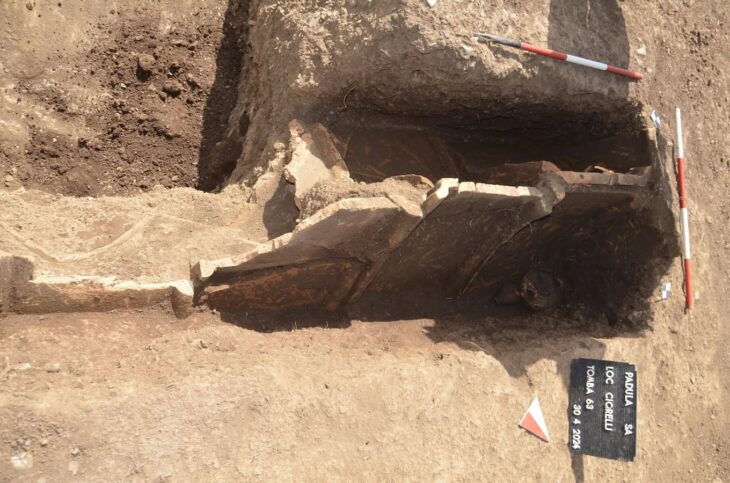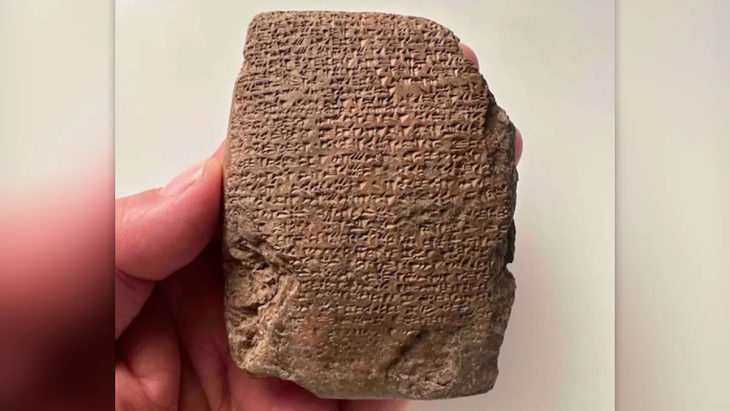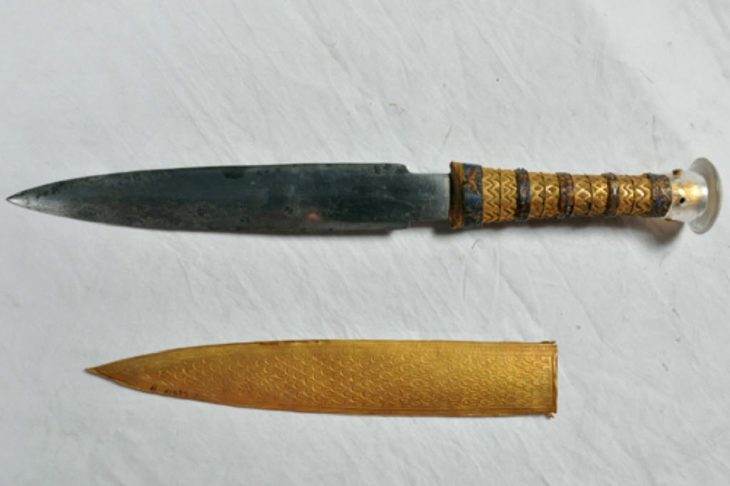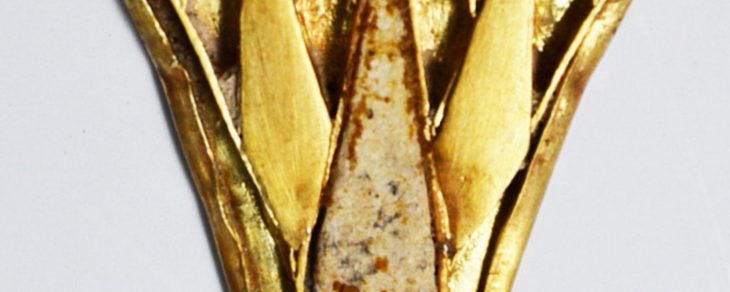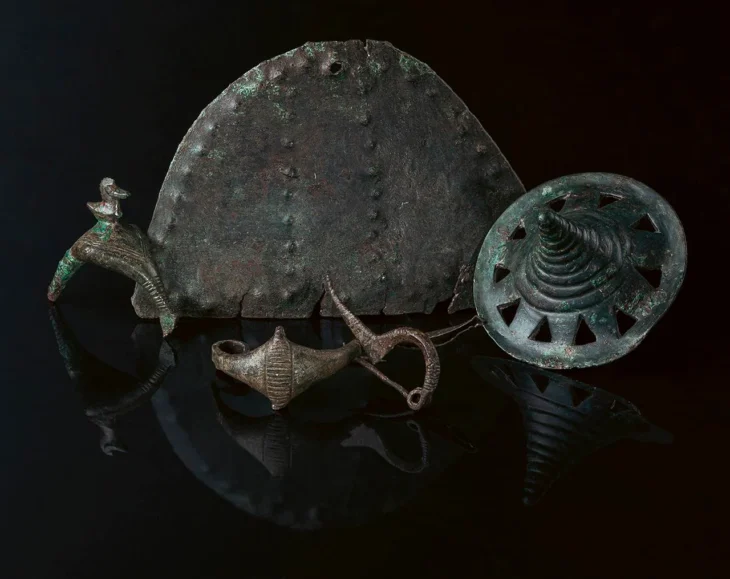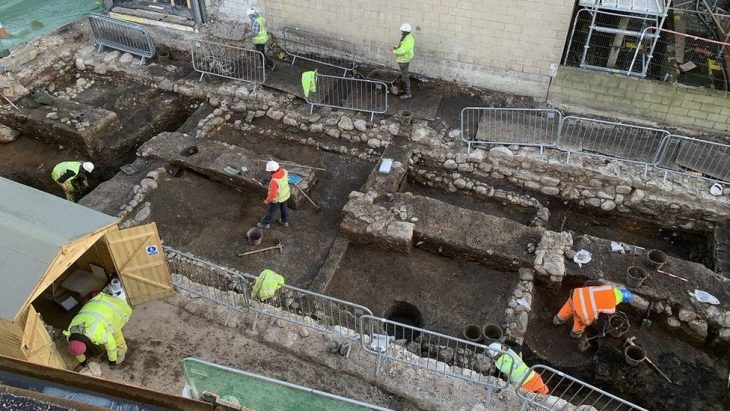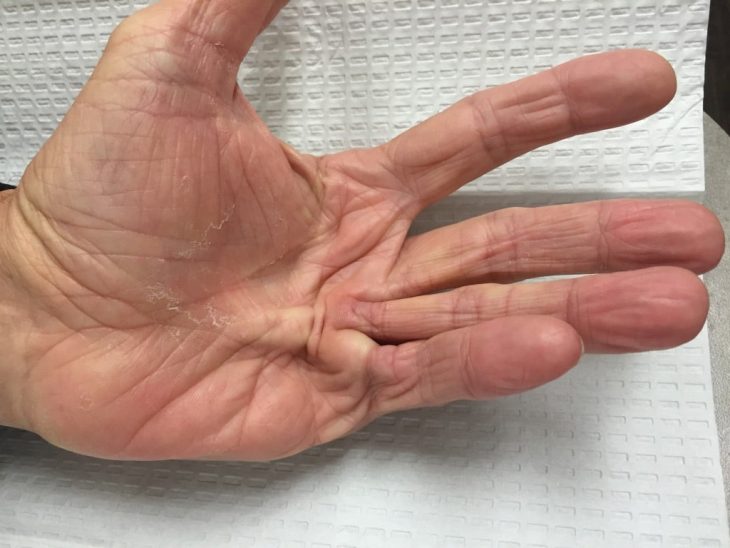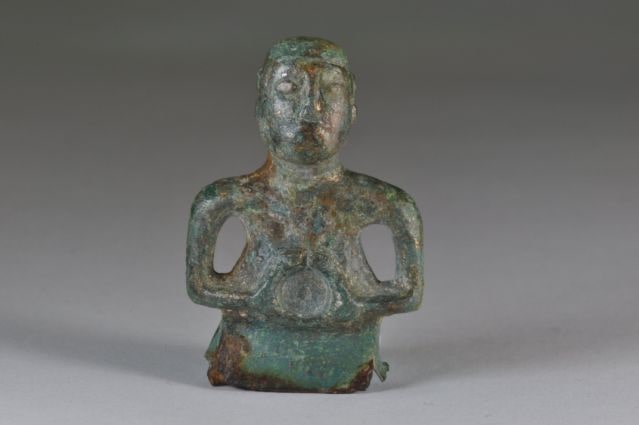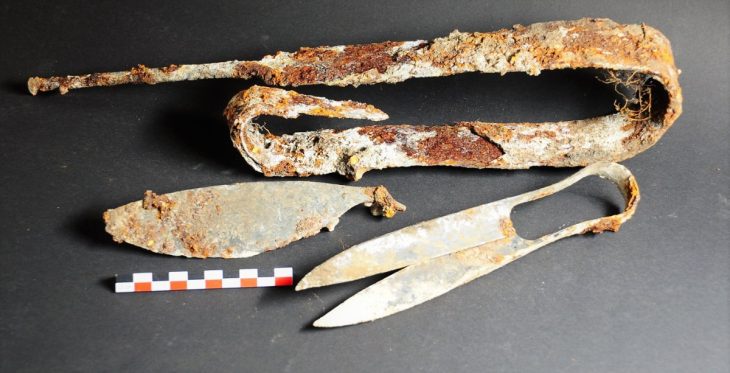Archaeologists from the University of Western Australia (UWA) have determined that people living in ancient northwest Arabia built long-distance “funerary avenues” (major pathways flanked by thousands of burial monuments).
This complex network of funerary rites found in northwestern Arabia points to the existence of social and economic links between the region’s populations in the 3rd millennium BC.
The UWA search is part of a larger effort involving 13 archaeological and conservation project teams from across the world, all working under the auspices of the Royal Commission for AlUla (RCU).
The researchers recorded more than 17,800 ‘pendant’ tombs in their primary study areas of AlUla and Khaybar counties, using a combination of satellite imagery, aerial photography, ground surveys, and excavations to survey an area of 160,000 square kilometers. Around 11,000 of the tombs formed part of funerary avenues from 4,500 years ago.
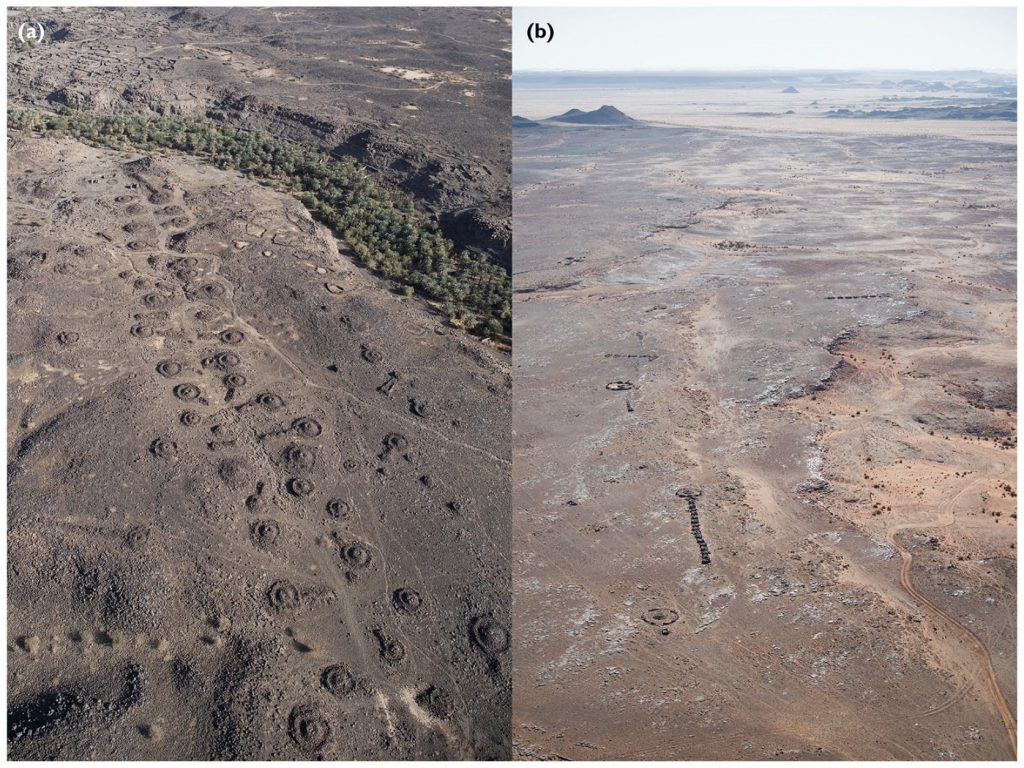
The highest densities are found on basalt plains or mountain passes, where the avenues are oriented between oases such as Khaybar, AlUla, and Tayma and are located near permanent water sources.
The development of funeral pathways implies that sophisticated social perspectives existed throughout a large stretch of the Arabian Peninsula 4,500 years ago. The discovery adds to the steady progress made by archaeologists working under the aegis of RCU in unraveling the buried tale of north Arabia’s ancient kingdoms and older civilization.
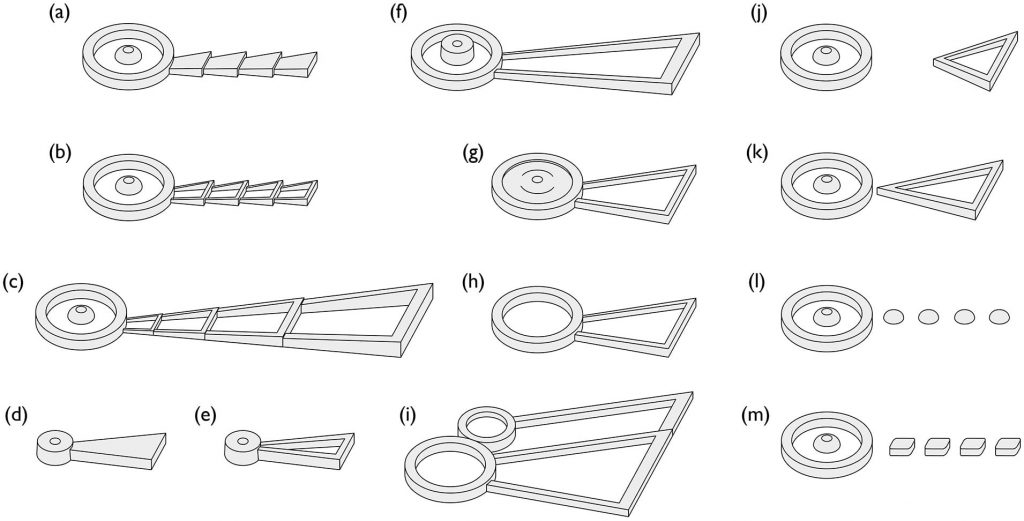
Dr. Hugh Thomas, project director, said: “The research by the UWA team and our colleagues working across AlUla and Khaybar shows how important the archaeology of this region is for our understanding of the Neolithic and Bronze Age across the Middle East. Our findings demonstrate that these structures linked various populated oases, situated across a vast area and that the funerary avenues were established around 4,500 years ago. They are especially dense around Khaybar, which is one of the densest visible funerary landscapes anywhere in the world.”
The findings were published in the journal The Holocene. The new article is the UWA team’s fourth publication in less than a year in a peer-reviewed scientific journal on research at AlUla and Khaybar.
Dr. Rebecca Foote, Director of Archaeology and Cultural Heritage Research for RCU, said: “Projects that have been conducting fieldwork in AlUla and Khaybar for over three years, such as the UWA team, have started publishing their results, and it is terrific to see how analyses of the data are elucidating so many aspects of life from the Neolithic to the Bronze Age in north-west Arabia. These articles are just the beginning of the many publications that will advance our knowledge of prehistoric to modern times and have significant implications for the wider region.”

